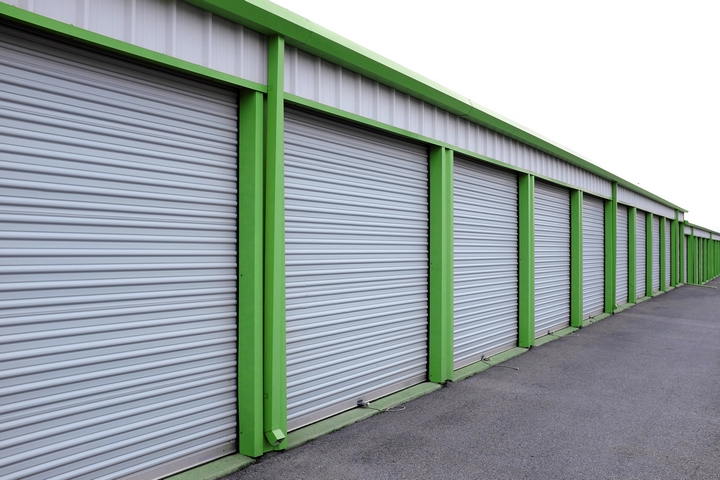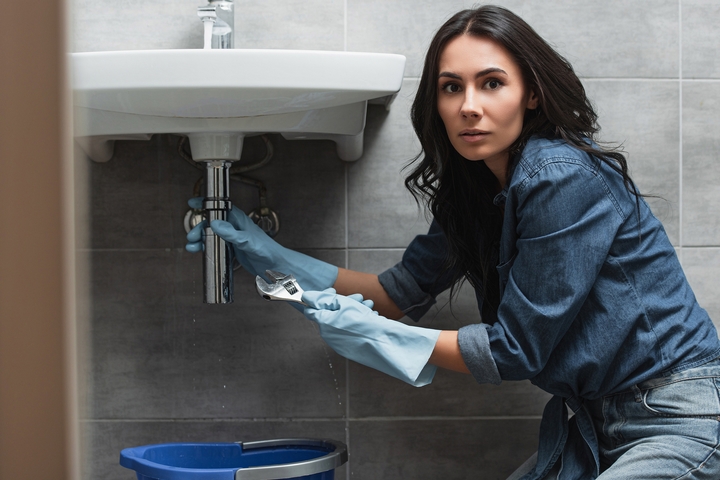A clogged sink drain can disrupt the flow of your daily routine, turning a simple task like washing dishes or brushing your teeth into a frustrating ordeal. Clogs can be caused by any number of things like hair, grease, or foreign objects hidden in the drain and out of sight.
Typically, you can solve the issues by calling a plumber. However, many common sink clogs can be effectively cleared using household items and simple techniques. In this guide, we’ll explore various simple methods and tools to unclog a sink drain, ranging from natural solutions to commercially available products, You can be confident to fix this common issue yourself!
Here is what you can use to unclog a sink drain.
Plunger
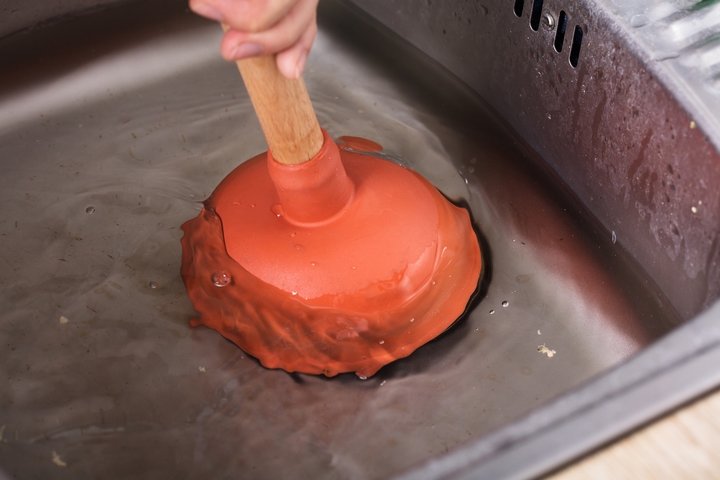
A plunger isn’t just useful for fixing a clogged toilet. One of the oldest and most effective tools in the fight against sink clogs is the trusty plunger. Make sure you have a high-quality plunger on hand for any future clogs.
To use the plunger effectively, you first want to ensure a good seal. Fill the sink with enough water to cover the plunger’s bell. This creates a seal, maximizing the pressure when you plunge. Next, position the plunger. Place the plunger over the drain, ensuring it covers the entire opening.
Once the plunger is placed over the drain, plunge rhythmically by pushing and pulling the plunger steadily while maintaining a good seal. This action helps dislodge the clog. Continue plunging until the water starts draining freely. This might take a few attempts.
Hot Water and Dish Soap
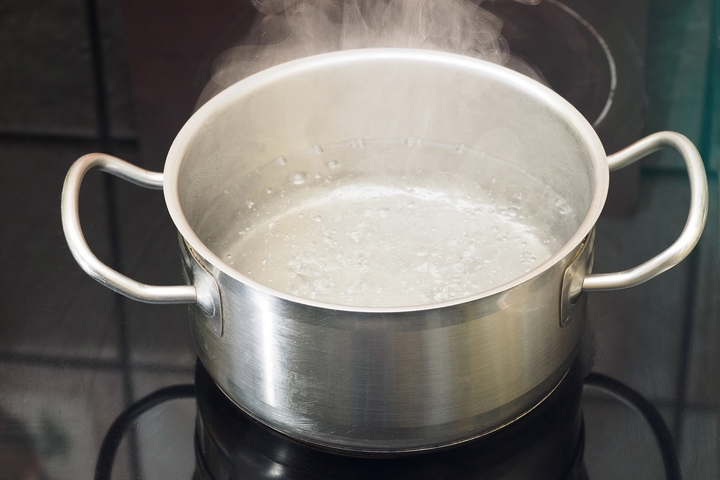
Sometimes, a simple solution is the most effective. Hot water and dish soap can work wonders on grease and soap scum clogs. For this solution, you will first bring a pot of water to a boil. Next, add a generous amount of dish soap directly into your sink’s drain.
After you’ve added the dish soap, carefully pour the boiling water into the drain. Combining heat and soap can break up greasy clogs hiding in your sink. After allowing the mixture to sit for a few minutes, flush the drain with hot water to clear any remaining clogs.
Baking Soda and Vinegar
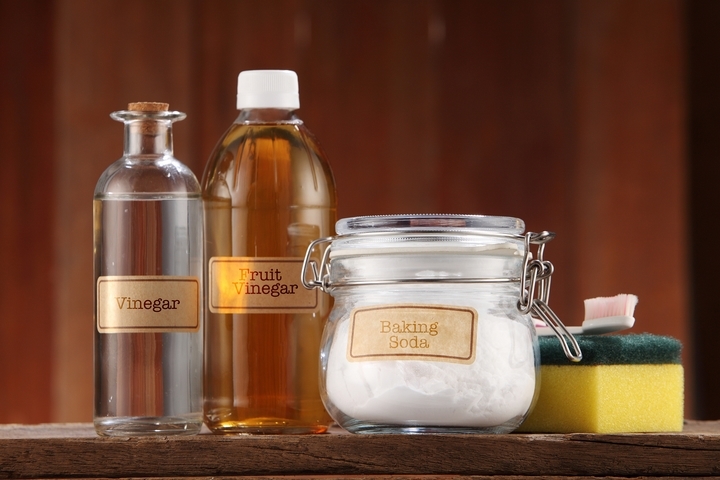
This classic combination not only makes for a science experiment but is also an effective way to unclog drains. Start by pouring about a cup of baking soda into the drain. Follow the baking soda with a cup of white vinegar. You’ll hear fizzing and bubbling, which is a good sign.
Next, cover the drain and let the mixture sit for at least 15 minutes. This allows the chemical reaction to break down the clog. Finally, after waiting, flush the drain with hot water to clear any remaining debris. You can repeat this process several times if needed.
Wire Hanger or Zip-It Tool
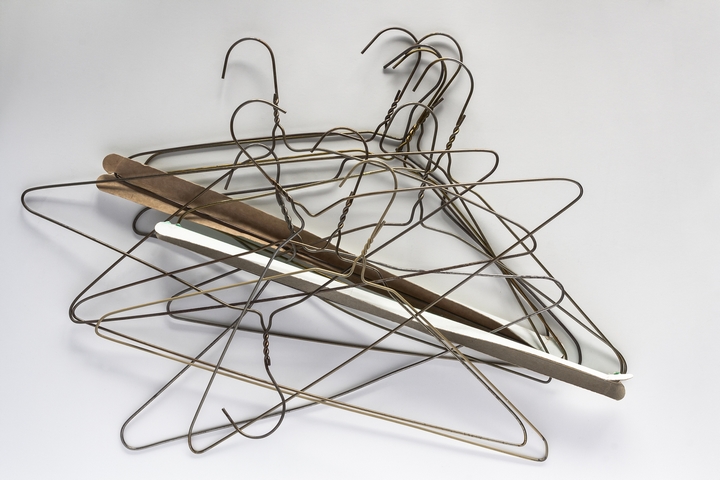
For more physically stubborn clogs like grease or hair, a zip-it tool can be incredibly effective. If you don’t have a zip-it tool, a wire hanger can be just as useful.
Firstly, straighten the hanger out as much as possible, leaving a small hook at one end. Next, gently insert the hanger or zip-it tool into the drain and wiggle it around. This helps break up and pull out the clog. If you feel resistance, you may have hooked onto the clog.
Pull the tool out, along with any debris it captures. You may need to break the clog into smaller pieces to completely remove it. Finally, dispose of the extracted debris and flush the drain with hot water.
Commercial Drain Cleaners
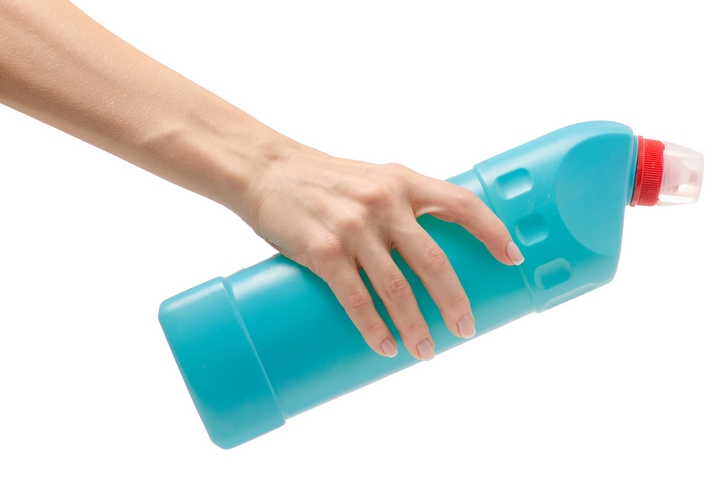
If the clog persists after attempting the above methods, you might consider using a commercial drain cleaner.
First, you will need to choose a suitable product. Select a drain cleaner appropriate for your type of pipes (plastic, metal, etc.) and the nature of the clog. Follow the product instructions carefully and wear protective gear such as gloves and goggles. You’ll then pour the cleaner into the drain and wait for the recommended time before flushing with water.
Ensure proper ventilation in the area, as commercial drain cleaners can emit strong fumes. You may need to use the drain cleaner several times to fully remove the clog.
Plumbing Snake
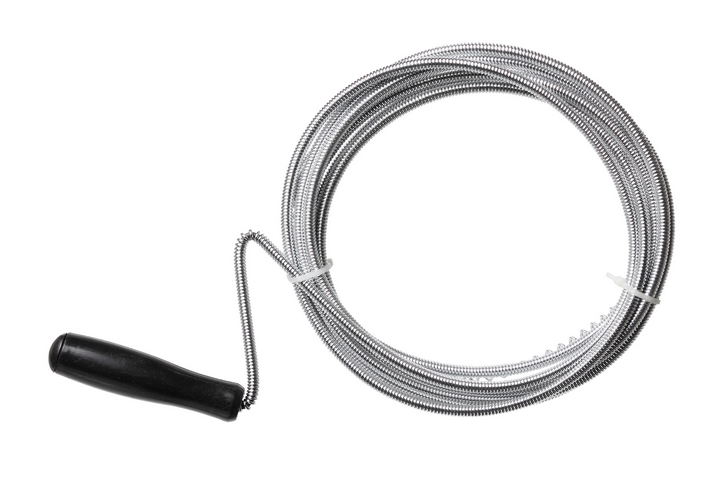
For more complex clogs, a plumbing snake, also known as an auger, can be an effective tool.
To use the drill, you will first need to feed it into the drain until you feel resistance. This indicates that the snake has reached the clog. Rotate the snake handle to break up or grab onto the clog. You can then pull the snake out, bringing the clog with it.
Finally, flush the drain with hot water to ensure the complete removal of the clog. You may need to repeat this process several times if the clog is large or stubborn.



